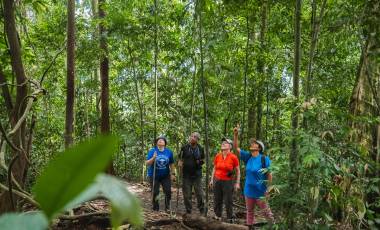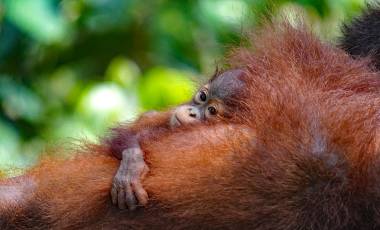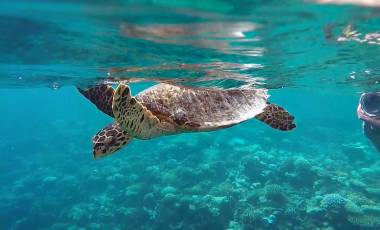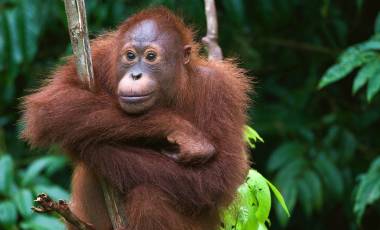Read time – 3 minutes
We can’t believe it’s over! Planet Earth II has taken us on an incredible journey, but the finale still has some tricks up its sleeve… Planet Earth II proves to us one final time that it’s a truly innovative show in the grand finale.
The crew are breaking new ground and facilitating progress by turning their lens, and the wonder it inspires, towards the city, where many forms of wildlife have learned to thrive in harmony with humans.
City Wildlife
In the first sequence, langurs leap with staggering athleticism across the rooftops of Jodhpur, India. Seeing these creatures as much at home in this concrete jungle as they ever were in the trees is a fascinating spectacle – they move with assured and determined fluidity between buildings, the ultimate parkour athletes.
The true revelation, though, is the way they co-exist with humans at ground level. People feed the langurs, and they, in turn, grace the city’s gardens with their presence. It is a harmony that is moving to behold.
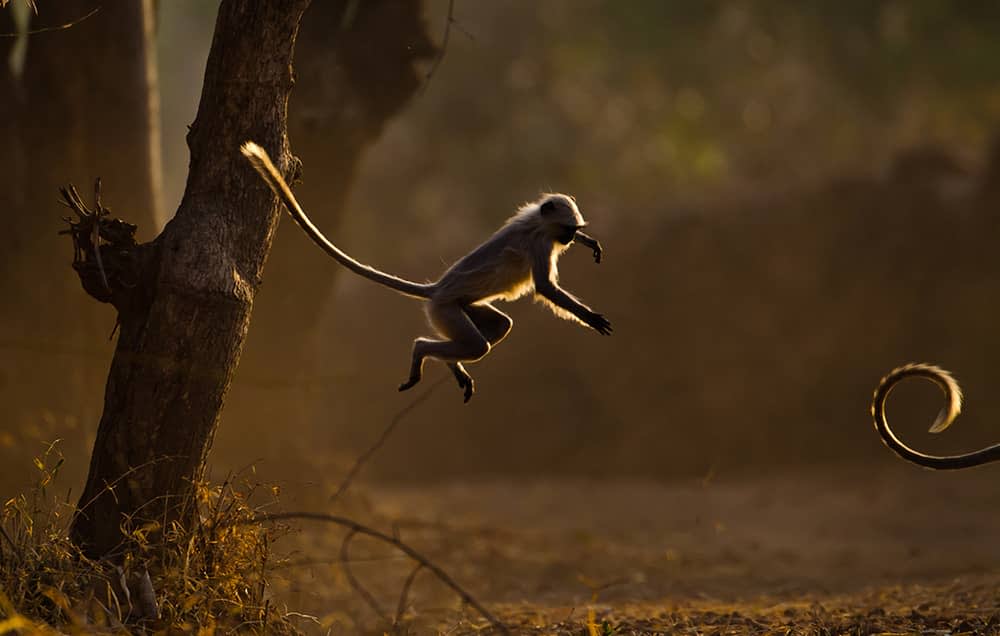 Langurs in India
Langurs in IndiaThis is one of the most surprising aspects of city wildlife – just how well it manages. We see peregrine falcons engage in aerial battles in New York, and leopards stalk the peripheries of Mumbai. We see flocks of starlings, moving in bizarre yet graceful patterns. We see macaques robbing markets in Jaipur, and hyenas living in calm, happy coexistence with the inhabitants of Harar in Ethiopia.
These animals have been able to adapt to life in cities with remarkable ease, demonstrating the resilience and fortitude of life on Earth.
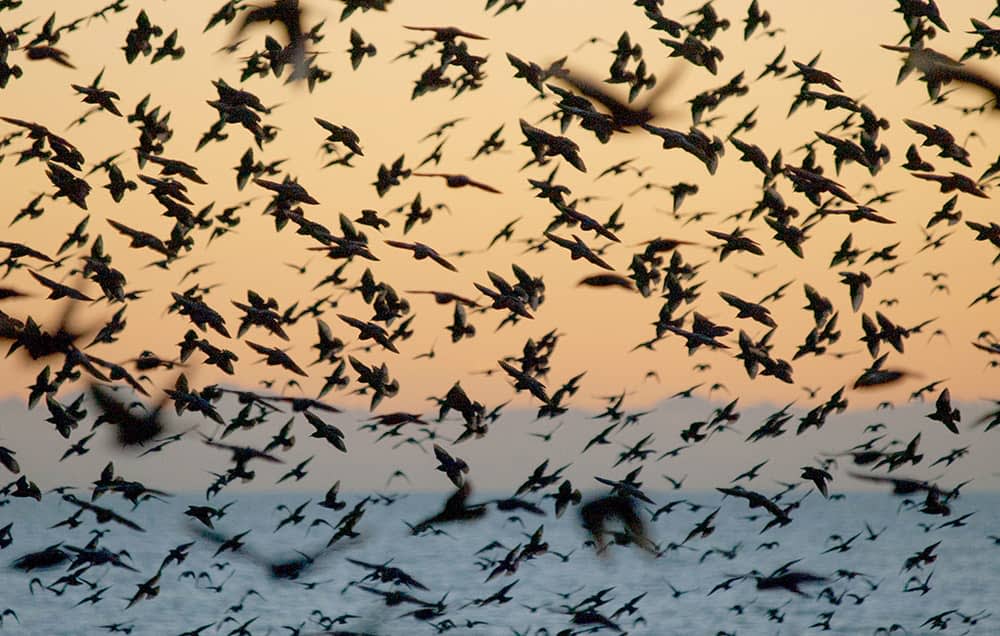 Starling murmuration
Starling murmurationThis week’s episode is intercut with mind-boggling hyper-lapse footage of cities, shot by Rob Whitworth. The camera moves incredibly as the urban world spins and shines below; it’s a perspective on urban landscapes we rarely get to see, and one that creates the impression of a living, breathing space.
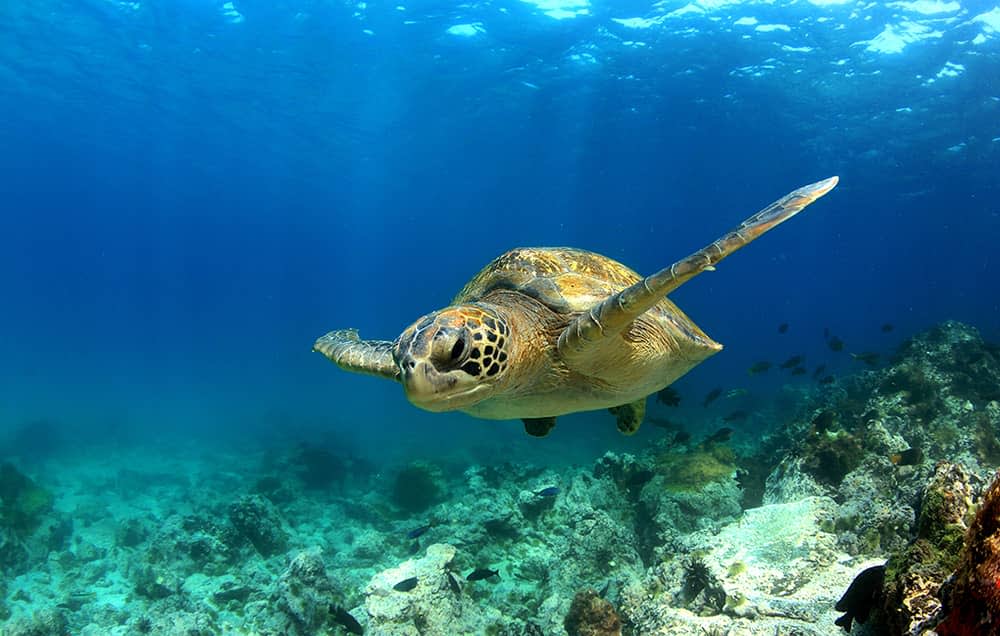 Hawksbill turtle
Hawksbill turtleHawksbill Turtles
The episode’s most memorable segment is also without a doubt its most tragic. Thousands of Hawksbill turtle hatchlings, born on a beach in Barbados, are disoriented by the lights of the city.
They are unable to find their way to the sea, instead, travelling towards human civilization. Once there, they are helpless. They are crushed by oncoming traffic. They are trapped en masse in storm drains. They are stranded in a world of concrete and steel, unable to adapt or survive to the human world.
This footage is haunting, harrowing, heartbreaking. It illustrates the damage we’re causing to our planet and its inhabitants, and it illuminates the need for change. Not all species are so able to adapt to new circumstances as the langurs.
The final trick that Planet Earth II has up its sleeve is also its most important. It’s doing something truly innovative by setting an episode of the hallowed wildlife show in our cities: looking towards the future, and promoting an environmentally friendly way of life at once achievable and responsible.
Planet Earth II has always had environmental inclinations, but this takes those and makes them explicit. It’s a call to action, and an example of how to take that action, and that deserves to be applauded.
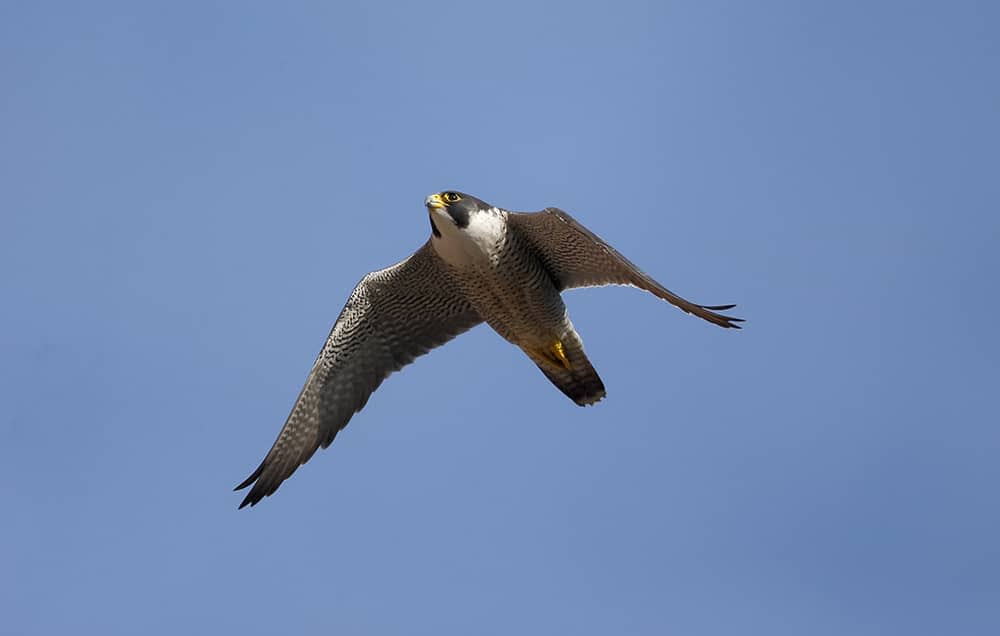 Peregrine falcon
Peregrine falconThe Planet Earth II crew has truly excelled. The camera work is revolutionary, managing to contrast epic scale with unbelievable intimacy.
The music is better than it’s ever been, controlling the tone and emotional thrust of the show with a deft and assured hand. The editing team displays competence and creativity in their ability to thread scenes together and tell us stories of the natural world.
And, of course, Sir David Attenborough’s voice is the glue that binds it all together, a constant, reassuring presence, whose charm and expertise have brought years of joy to countless people all across the world. As the show closes, with Sir David thoughtful and composed atop London’s monolithic Shard, we can’t help but feel lucky to have this series in our lives.
Take a look at some of our tours below and experience incredible wildlife first hand.

